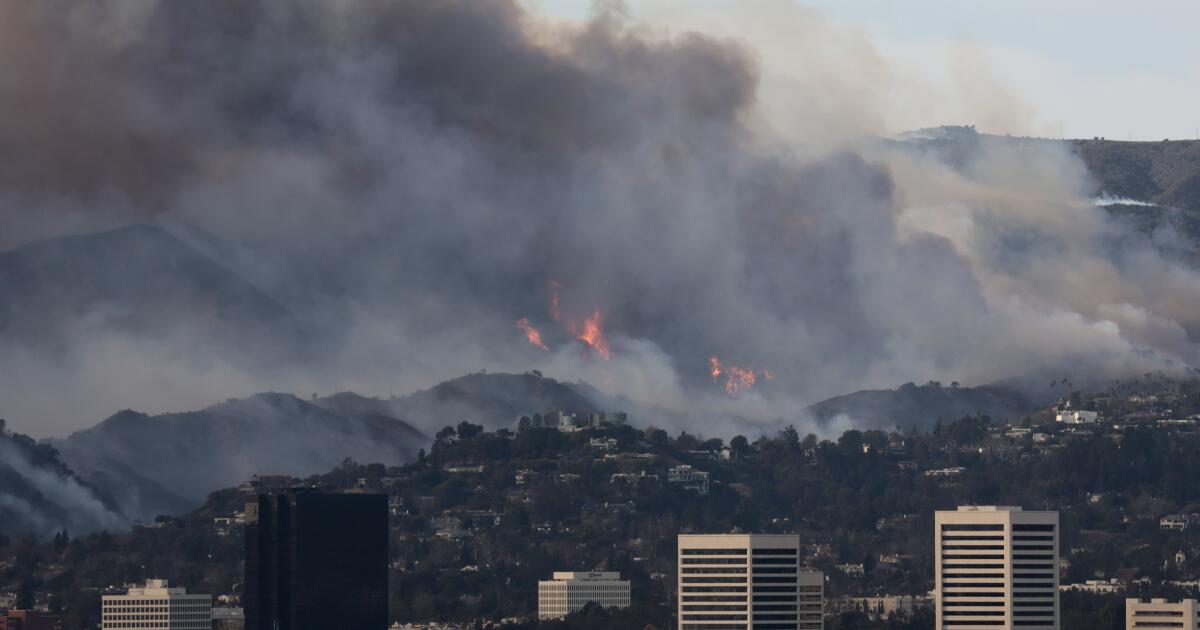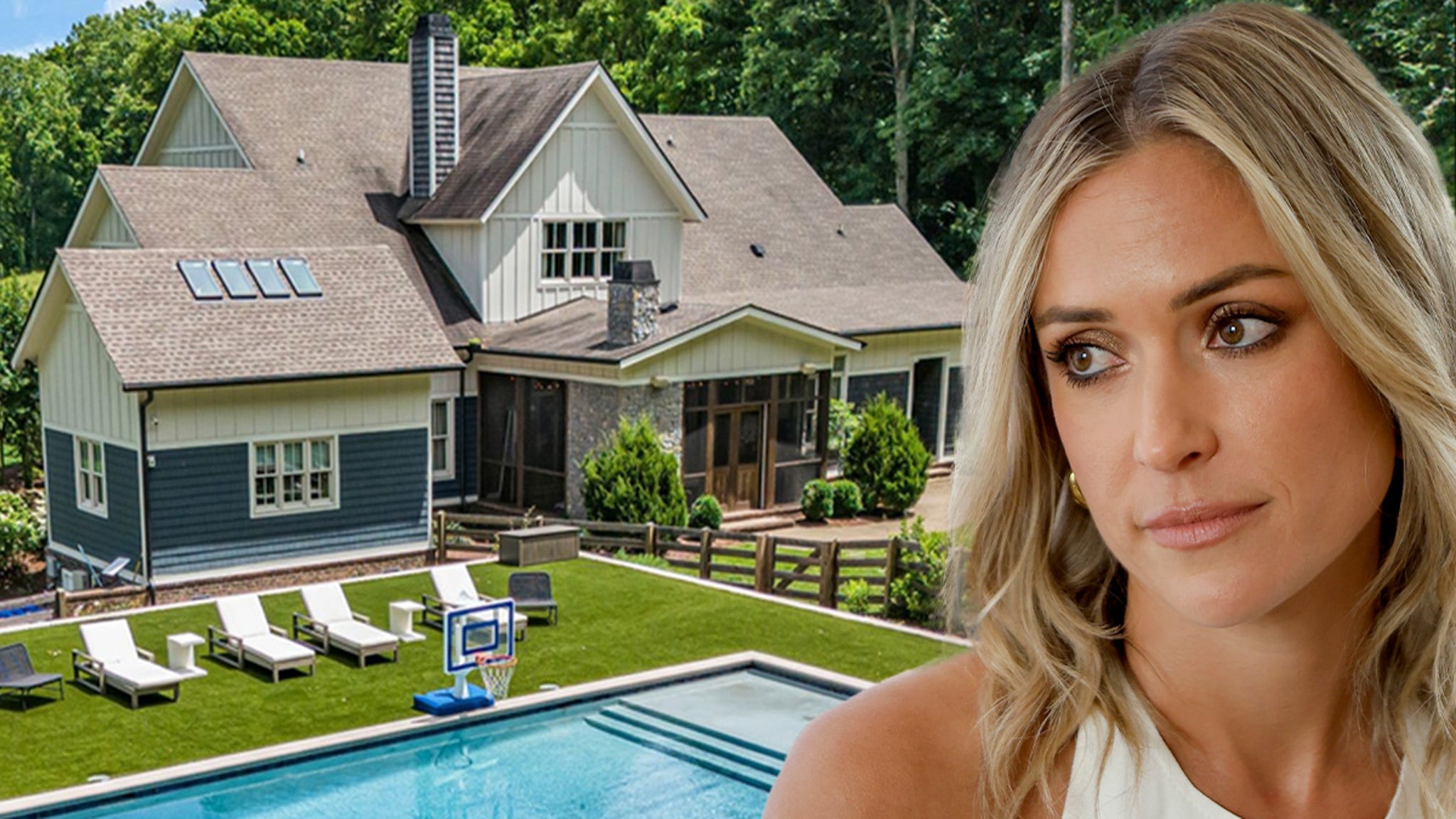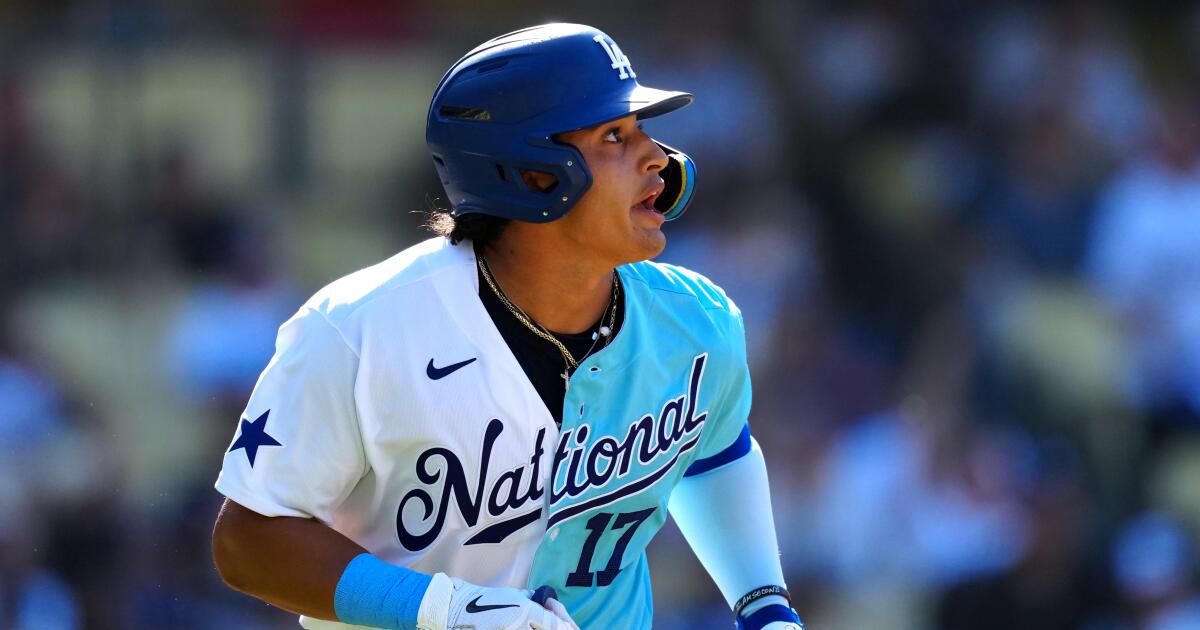Education
Elite High School’s Admissions Plan May Face Supreme Court Test

In the coming weeks, the Supreme Court is very likely to forbid colleges and universities to use race as a factor in admissions decisions. Indeed, when the cases challenging the admissions programs at Harvard and the University of North Carolina were argued in October, some justices were already looking at the next question on the horizon: whether admissions officers may promote racial diversity by using race-neutral criteria.
“Your position,” Justice Brett M. Kavanaugh told a lawyer for the challengers, “will put a lot of pressure going forward, if it’s accepted, on what qualifies as race neutral in the first place.”
That question grew more concrete last week, when a divided three-judge panel of a federal appeals court allowed an elite public high school in Alexandria, Va., to revise its admissions policy by, among other things, eliminating standardized tests and setting aside spots for the top students at every public middle school in the area.
Those changes produced a class with more Black and Hispanic students and many fewer Asian American ones. In a dissent from last week’s decision that seemed to be addressed to the Supreme Court, Judge Allison J. Rushing wrote that the majority had refused “to look past the policy’s neutral varnish” and consider instead “an undisputed racial motivation and an undeniable racial result.”
It is a decent bet that the Supreme Court will agree to hear an appeal in that case and use it to answer questions left open in its coming decisions on the admissions practices of Harvard and U.N.C.
Those universities take account of race as such. The high school does not.
Indeed, admissions officers at the school, Thomas Jefferson High School for Science and Technology, known as T.J., are not told the race, sex or name of any applicant.
But the school did change its admissions requirements in 2020 after protests over the murder of George Floyd. “We each have a responsibility to our community to speak up and take actions that counter racism and discrimination in our society,” Ann Bonitatibus, the school’s principal, wrote in a message to students and their families.
She added: “Our 32 Black students and 47 Hispanic students fill three classrooms. If our demographics actually represented” those of the county’s public schools, “we would enroll 180 Black and 460 Hispanic students, filling nearly 22 classrooms.”
The revisions to the school’s admissions policy took a winding road, but in the end the school board did away with standardized tests and set aside spots for the top 1.5 percent of students from each public middle school in the area.
Admissions officers were also instructed to consider “experience factors,” such as whether students were poor, were learning English or were attending a middle school that was “historically underrepresented” at the high school.
After the changes went into effect in 2021, the percentage of Asian American students dropped to 54 percent from 73 percent. The percentage of Black students grew to 7 percent from no more than 2 percent; the percentage of Hispanic students grew to 11 percent from 3 percent; and the percentage of white students grew to 22 percent from 18 percent.
In the Fairfax County school system generally, about 37 percent of students are white, 27 percent are Hispanic, 20 percent are Asian and 10 percent are Black.
Writing for the majority in last week’s decision, Judge Robert B. King, who was appointed by President Bill Clinton, said the before and after numbers were not the right place to start the analysis. That would, he said, quoting from the school board’s brief, turn “the previous status quo into an immutable quota.”
In dissent, Judge Rushing, who was appointed by President Donald J. Trump, wrote that the Constitution’s guarantee of equal protection “would be hollow if governments could intentionally achieve discriminatory ends under cover of neutral means.”
Judge Rushing served as a law clerk to Justice Neil M. Gorsuch when he was an appeals court judge and to Justice Clarence Thomas on the Supreme Court. When a challenge to the new admissions policy at the high school reached the Supreme Court a year ago in the context of an application for emergency relief, those two justices, along with Justice Samuel A. Alito Jr., voted to block it while the appeal moved forward.
The Supreme Court has, in decisions from another era, endorsed and even required the consideration of race-neutral criteria.
In a concurring opinion in last week’s decision, Judge Toby J. Heytens, who was appointed by President Biden, said those precedents must count for something.
“Having spent decades telling school officials they must consider race-neutral methods for ensuring a diverse student body before turning to race-conscious ones,” he wrote, “it would be quite the judicial bait-and-switch to say such race-neutral efforts are also presumptively unconstitutional.”
Scholars, too, say that such a move would be a stunning reversal.
“It would be a surreal turnaround were the court to later hold that the very decision-making process the court has long required renders a resulting race-neutral policy unconstitutional,” Sonja B. Starr, a law professor at the University of Chicago, wrote in an article on this case and similar ones to be published next year in The Stanford Law Review.
But such a turnabout is hardly out of the question. Three justices voted to block the high school’s admissions program last year before the appeals court had even ruled. And it takes only four votes to add a case to the Supreme Court’s docket.

Education
Four Fraternity Members Charged After a Pledge Is Set on Fire

Four fraternity members at San Diego State University are facing felony charges after a pledge was set on fire during a skit at a party last year, leaving him hospitalized for weeks with third-degree burns, prosecutors said Monday.
The fire happened on Feb. 17, 2024, when the Phi Kappa Psi fraternity held a large party at its house, despite being on probation, court documents show. While under probation, the fraternity was required to “demonstrate exemplary compliance with university policies,” according to the college’s guidelines.
Instead, prosecutors said, the fraternity members planned a skit during which a pledge would be set on fire.
After drinking alcohol in the presence of the fraternity president, Caden Cooper, 22, the three younger men — Christopher Serrano, 20, and Lars Larsen, 19, both pledges, and Lucas Cowling, 20 — then performed the skit, prosecutors said.
Mr. Larsen was set on fire and wounded, prosecutors said, forcing him to spend weeks in the hospital for treatment of third-degree burns covering 16 percent of his body, mostly on his legs.
The charges against Mr. Cooper, Mr. Cowling and Mr. Serrano include recklessly causing a fire with great bodily injury; conspiracy to commit an act injurious to the public; and violating the social host ordinance. If convicted of all the charges, they would face a sentence of probation up to seven years, two months in prison.
Mr. Larsen himself was charged. The San Diego County District Attorney’s office said that he, as well as Mr. Cooper and Mr. Cowling, also tried to lie to investigators in the case, deleted evidence on social media, and told other fraternity members to destroy evidence and not speak to anyone about what happened at the party.
All four men have pleaded not guilty.
Lawyers representing Mr. Cooper and Mr. Cowling did not immediately respond to messages requesting comment on Tuesday. Contact information for lawyers for Mr. Serrano and Mr. Larsen was not immediately available.
The four students were released on Monday, but the court ordered them not to participate in any fraternity parties, not to participate in any recruitment events for the fraternity, and to obey all laws, including those related to alcohol consumption.
The university said Tuesday that it would begin its own administrative investigation into the conduct of the students and the fraternity, now that the police investigation was complete.
After it confirmed the details, the dean of students office immediately put the Phi Kappa Psi chapter on interim suspension, which remains in effect, college officials confirmed on Tuesday.
Additional action was taken, but the office said it could not reveal specifics because of student privacy laws.
“The university prioritizes the health and safety of our campus community,” college officials said in a statement, “and has high expectations for how all members of the university community, including students, behave in the interest of individual and community safety and well-being.”
At least half a dozen fraternities at San Diego State University have been put on probation in the last two years, officials said.
Education
Video: Several Killed in Wisconsin School Shooting, Including Juvenile Suspect

new video loaded: Several Killed in Wisconsin School Shooting, Including Juvenile Suspect
transcript
transcript
Several Killed in Wisconsin School Shooting, Including Juvenile Suspect
The police responded to a shooting at a private Christian school in Madison, Wis., on Monday.
-
Around 10:57 a.m., our officers were responding to a call of an active shooter at the Abundant Life Christian School here in Madison. When officers arrived, they found multiple victims suffering from gunshot wounds. Officers located a juvenile who they believe was responsible for this deceased in the building. I’m feeling a little dismayed now, so close to Christmas. Every child, every person in that building is a victim and will be a victim forever. These types of trauma don’t just go away.
Recent episodes in Guns & Gun Violence
Education
Video: Biden Apologizes for U.S. Mistreatment of Native American Children

new video loaded: Biden Apologizes for U.S. Mistreatment of Native American Children
transcript
transcript
Biden Apologizes for U.S. Mistreatment of Native American Children
President Biden offered a formal apology on Friday on behalf of the U.S. government for the abuse of Native American children from the early 1800s to the late 1960s.
-
The Federal government has never, never formally apologized for what happened until today. I formally apologize. It’s long, long, long overdue. Quite frankly, there’s no excuse that this apology took 50 years to make. I know no apology can or will make up for what was lost during the darkness of the federal boarding school policy. But today, we’re finally moving forward into the light.
Recent episodes in Politics
-

 Business1 week ago
Business1 week agoThese are the top 7 issues facing the struggling restaurant industry in 2025
-

 Culture1 week ago
Culture1 week agoThe 25 worst losses in college football history, including Baylor’s 2024 entry at Colorado
-

 Sports1 week ago
Sports1 week agoThe top out-of-contract players available as free transfers: Kimmich, De Bruyne, Van Dijk…
-

 Politics7 days ago
Politics7 days agoNew Orleans attacker had 'remote detonator' for explosives in French Quarter, Biden says
-

 Politics6 days ago
Politics6 days agoCarter's judicial picks reshaped the federal bench across the country
-

 Politics5 days ago
Politics5 days agoWho Are the Recipients of the Presidential Medal of Freedom?
-

 Health4 days ago
Health4 days agoOzempic ‘microdosing’ is the new weight-loss trend: Should you try it?
-

 World1 week ago
World1 week agoIvory Coast says French troops to leave country after decades













